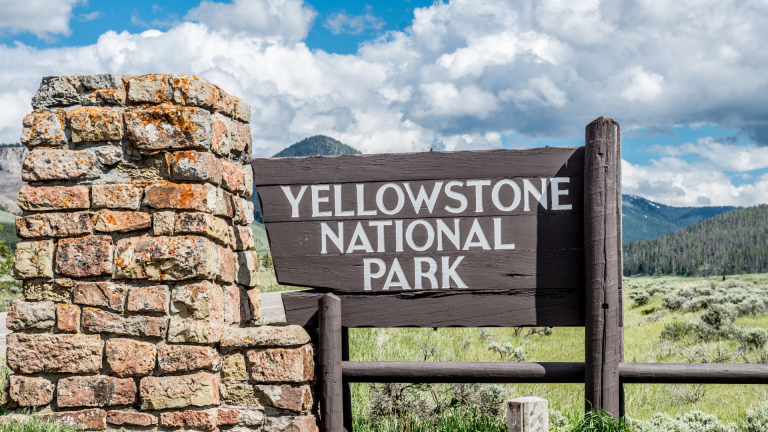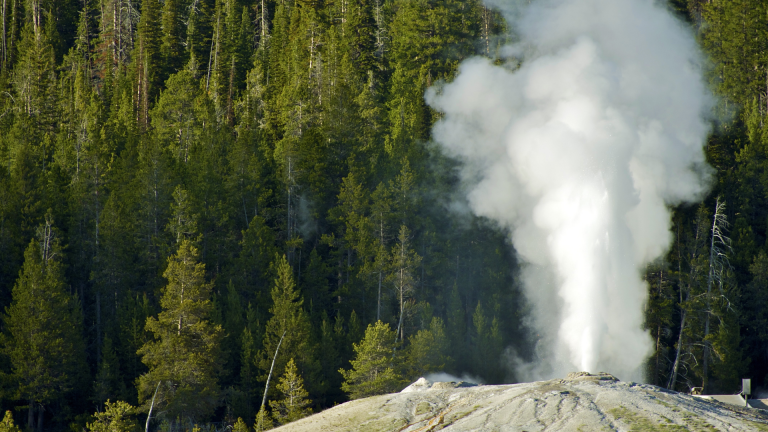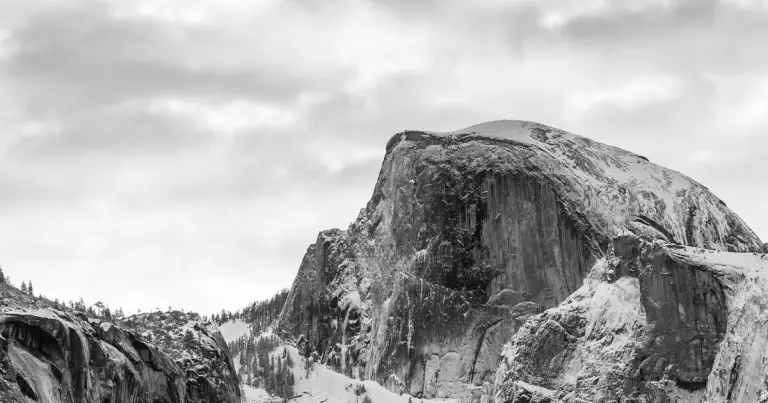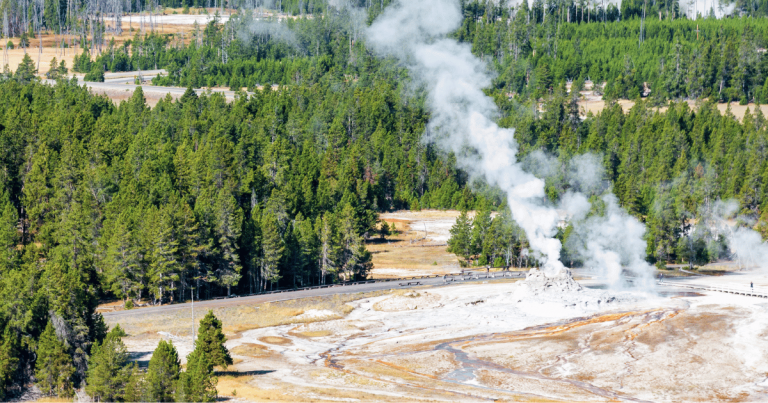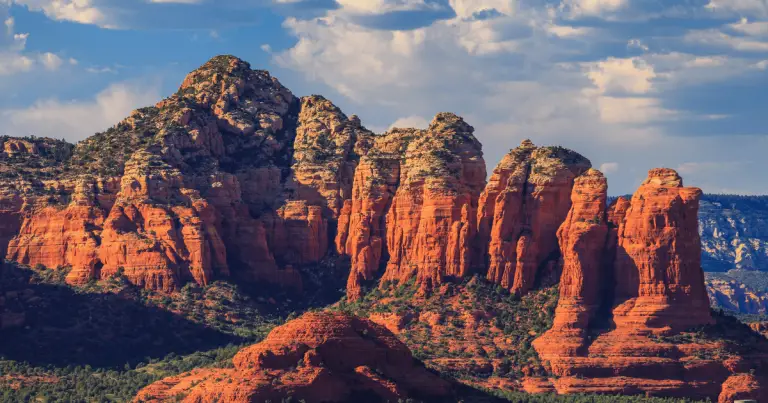Arizona Rocks: A Geologist’s Paradise
Arizona, the Grand Canyon State, offers much more than breathtaking scenery. It is a land of diverse geological formations that tell the story of the earth’s history. From the volcanic rocks of the Superstition Mountains to the layers of sedimentary rocks in the Grand Canyon, Arizona has it all. Geologists from around the world come to study Arizona rocks here and explore the many sites of this fascinating landscape.
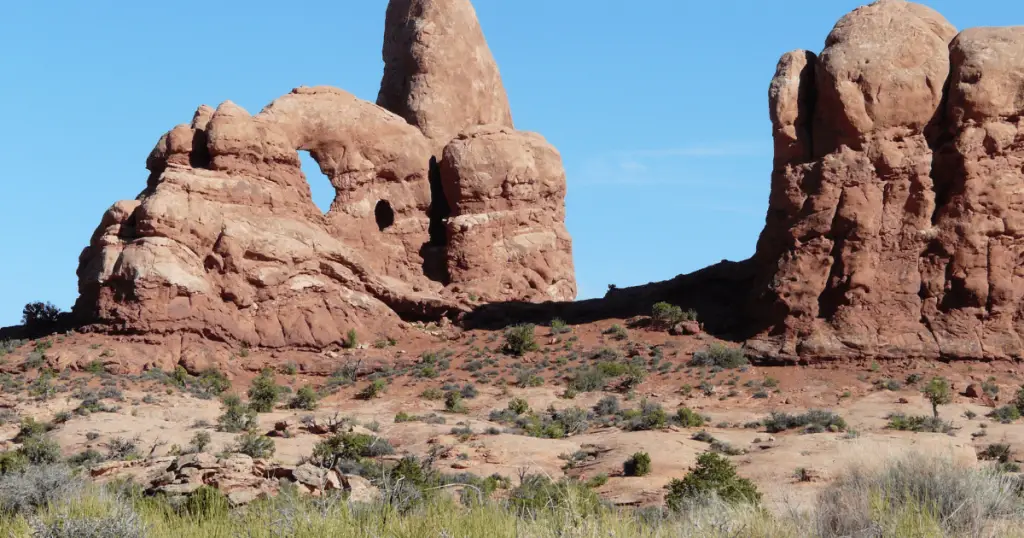
Iconic Rock Formations Across Arizona
Arizona is home to many iconic rock formations that have been shaped by natural forces over millions of years.
Monument Valley’s Mittens and Totem Pole
Among Arizona’s iconic natural landmarks, Monument Valley’s Mittens and Totem Pole stand out. These towering sandstone formations have been carved by wind and water over millions of years into shapes that resemble a pair of mittens and a totem pole.
The Mittens’ silhouette, with their “thumbs” and “fingers”, is a testament to the power of natural erosion. The Totem Pole, on the other hand, is a slender, towering rock formation that exhibits the magnificent natural artistry of the elements.
Monument Valley is not just significant geologically; it holds cultural importance to the Navajo Nation who consider this area to be sacred. Moreover, this iconic landscape has been immortalized in countless Western films, making it a recognizable symbol of the American West worldwide. From John Ford’s classic westerns to more contemporary films, Monument Valley continues to captivate audiences with its unique and majestic beauty.
The Grand Canyon’s Layers of Time
The Grand Canyon, another iconic Arizona landmark, is a geological spectacle that spans approximately 277 miles in length, 18 miles in width, and a mile deep. The canyon walls present a vivid chronology of Earth’s geological history, showcased through distinct layers of rock. Each layer corresponds to a specific era, revealing stories of the planet’s past that date back over two billion years.
At the base of the canyon, the oldest rock formations can be found, known as Vishnu Basement Rocks. These ancient rocks, including schist, granite, and gneiss, were formed during the Precambrian era. Above these, the colorful layers of the Grand Canyon Supergroup unfold, showcasing sedimentary layers from the early part of the Paleozoic era.

Moving upwards, the canyon walls reveal more recent layers from the Paleozoic era, each one indicating different environmental conditions that existed when they were formed. From the warm, shallow seas represented by the Redwall Limestone to the vast desert conditions of the Coconino Sandstone, each layer adds a new chapter to the Grand Canyon’s geological narrative.
The highest and youngest layer, the Kaibab Limestone, crowns the Grand Canyon. This layer is composed of marine fossils and shells from creatures that lived in a warm, shallow sea that once covered the region.
Geologists and adventurers alike continue to be drawn to the Grand Canyon for its incredible ability to trace Earth’s history. The layers of this stunning natural wonder serve as chapters in a book, each one narrating a tale of time, change, and the enduring power of natural forces.
Sedimentary Marvels: Antelope Canyon
Located near Page, Arizona, Antelope Canyon is a popular destination for tourists and photographers who seek to capture the canyon’s surreal beauty.
Upper and Lower Antelope Canyon’s Slot Canyons
Beyond the grandeur of the Grand Canyon and the iconic figures at Monument Valley, Antelope Canyon presents yet another sedimentary marvel. Located on Navajo land in northern Arizona, Antelope Canyon comprises two primary sections, known as Upper Antelope Canyon and Lower Antelope Canyon. These are both “slot” canyons, a type of narrow canyon formed by the wear of water rushing through the rock over time.
Upper Antelope Canyon, also known as Tsé bighánílíní, ‘the place where water runs through rocks’ in Navajo, is more frequently visited due to its easy walking pathway and direct beam of light that shines down at certain times of the day. Lower Antelope Canyon, or Hazdistazí, ‘spiral rock arches’, offers a more adventurous exploration with its deeper, narrower paths and a series of ladders to navigate.

The Wave: Nature’s Sandstone Masterpiece
Unveiling a different facet of Arizona’s geological wonders is The Wave, a surreal sandstone formation located on the slopes of the Coyote Buttes in the Paria Canyon-Vermilion Cliffs Wilderness. This mesmerizing landscape, sculpted by wind and water erosion over millions of years, is characterized by its undulating, wave-like patterns and fiery hues of red, orange, and yellow. Its fluid, dream-like contours provide a sensory feast that leaves visitors captivated.
To maintain the area’s natural beauty and minimize environmental impact, access to The Wave is strictly regulated. The Bureau of Land Management issues only 20 permits per day: 10 online through a four-month advance lottery, and 10 through a walk-in lottery conducted at the Kanab Center in Kanab, Utah.
Volcanic Landscapes: Sunset Crater
Adding to the geological diversity of Arizona is the Sunset Crater, a cinder cone located north of Flagstaff. This volcanic marvel, part of the larger Sunset Crater Volcano National Monument, offers an impressive testament to the ever-changing nature of our planet.
Sunset Crater’s Cinder Cones and Lava Flows
Sunset Crater is the youngest in a string of volcanoes that is related to the nearby San Francisco Peaks. The most distinctive features of Sunset Crater are its brilliantly colored scoria deposits that blanket the cone and flow down its sides.
The vibrant colors of the cinder cone are the result of oxidized iron from volcanic gases. The base of Sunset Crater is surrounded by an extensive field of lava flows and cinder, evidence of the extensive volcanic activity that took place here nearly 1,000 years ago.
The eruption that created Sunset Crater occurred in or around 1085 A.D. The powerful explosion sent lava cascading over the surrounding landscape and ash up to 1,000 feet into the air. The ash fallout spread over 800 square miles, fertilizing the soil and making it more productive for agriculture. The eruption had a significant impact on the local Sinagua people, forcing them to relocate their settlements.
Petrified Forest National Park’s Ancient Logs
Another fascinating geological site in Arizona is the Petrified Forest National Park. This park is renowned for its ancient, fossilized logs that date back over 200 million years to the Late Triassic period. The petrified wood found in the park is mostly comprised of quartz, a mineral that replaced the original organic material over time under unique conditions.
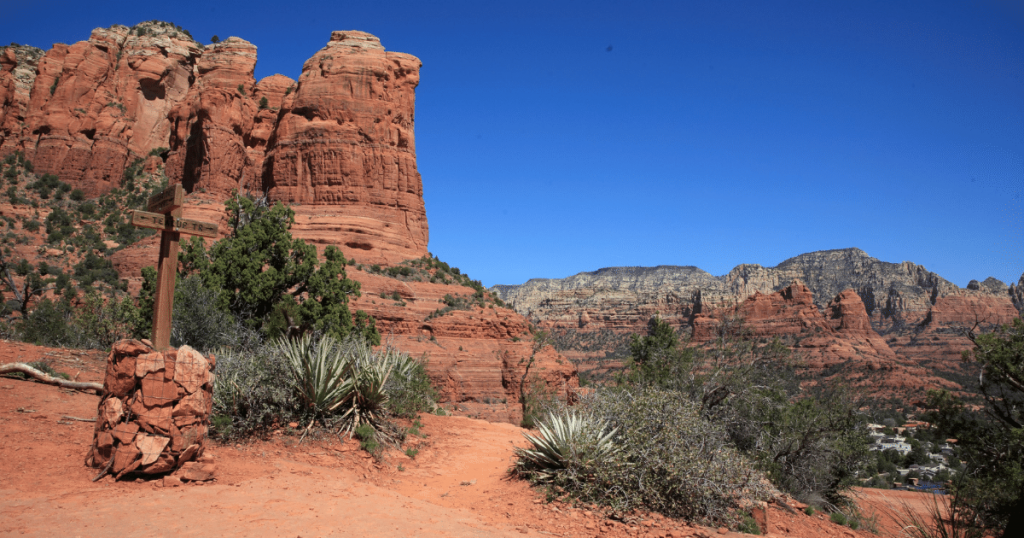
The process of discovery in Petrified Forest National Park is an adventure of its own. Visitors have the opportunity to walk amongst a vast landscape filled with these ancient logs, each one unique in its pattern and color. These fossilized remains bear silent testimony to the forest that once thrived here, providing a direct, tangible connection to the primeval past.
Mysterious Rock Art: Painted Rocks Petroglyph Site
In the vast and vivid landscape of Arizona, there is another intriguing geological site that draws attention not just for its natural beauty, but also for the sense of mystery it instills. The Painted Rocks Petroglyph Site, located near Gila Bend, is home to an extensive collection of rock art, or petroglyphs, etched onto boulders by ancient peoples thousands of years ago.
Rock Art Interpretation
Interpreting the petroglyphs at Painted Rocks is no easy task. These ancient symbols offer a cryptic language that we are yet to fully understand. Some of the designs appear to be abstract, while others depict recognizable figures such as animals, humans, or geometric patterns.
Scholars believe that these petroglyphs may represent sacred symbols, map elements, or perhaps narratives of events and rituals. Despite the myriad theories, the true meanings remain locked in the past, making them a tantalizing puzzle for archaeologists and visitors alike.
Interpreting the Petroglyphs at Painted Rocks
The Painted Rocks Petroglyph Site offers a unique window into the thoughts and lives of the people who once inhabited this area. The rock art here is believed to be created by the Hohokam, Patayan, and possibly other unidentified cultures, dating back between 300-1500 A.D. While we are still unraveling the meaning of these ancient symbols, they held significant importance for their creators.
Final Thought
Arizona is a treasure trove of geological wonders and historical mysteries, offering an enthralling journey through time. From the majestic Antelope Canyons and the surreal beauty of The Wave to the volcanic landscapes of Sunset Crater and the ancient logs in Petrified Forest National Park, the state showcases the awe-inspiring power and beauty of nature’s handiwork.
The enigmatic petroglyphs at Painted Rocks invite us to delve into the mysteries of ancient cultures, stimulating our curiosity and respect for those who lived in harmony with these landscapes thousands of years ago. Whether you’re an adventurer, a nature lover, or a history enthusiast, Arizona’s diverse landscapes offer a unique, enriching experience that echoes the timeless beauty and history of our planet.


